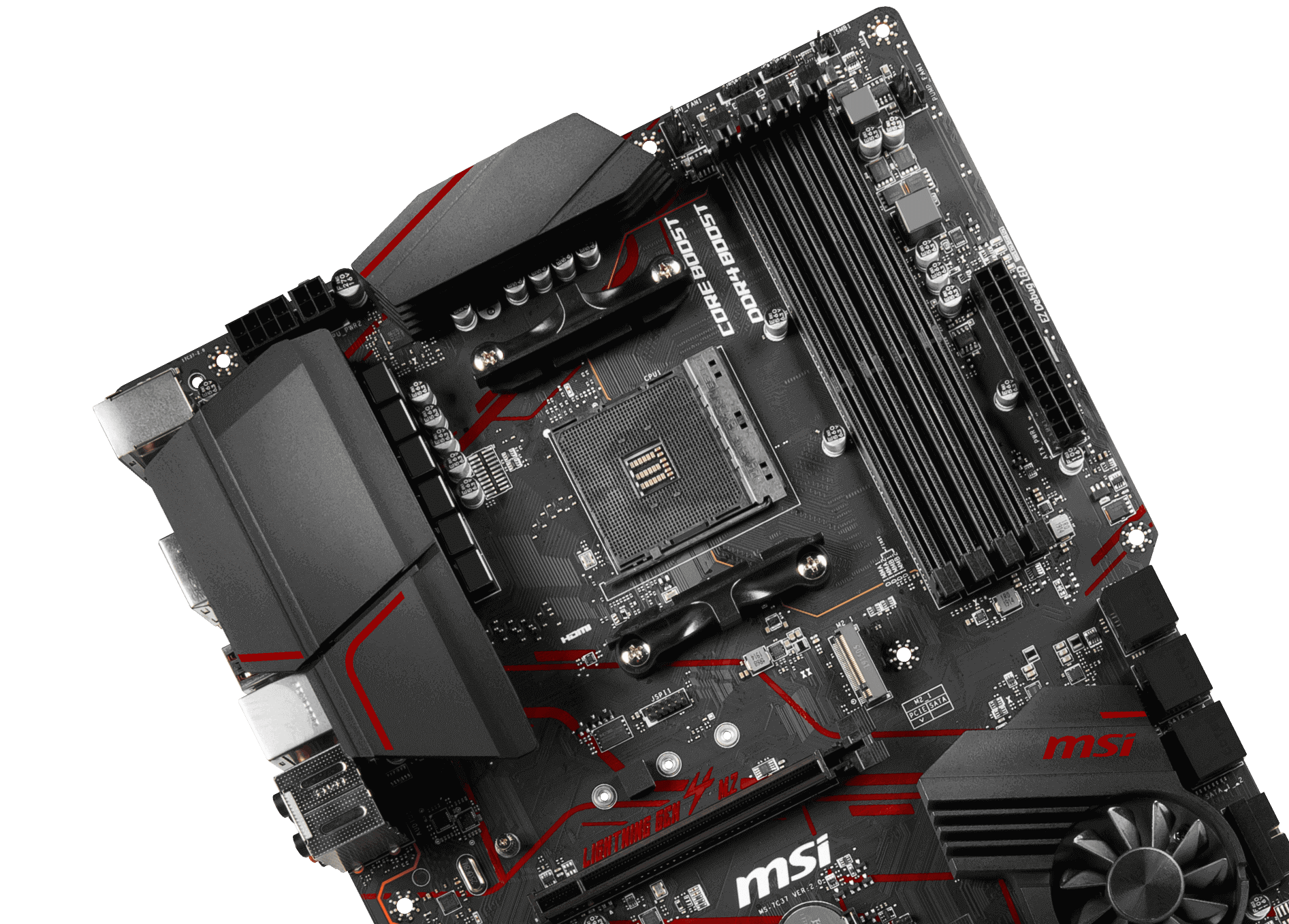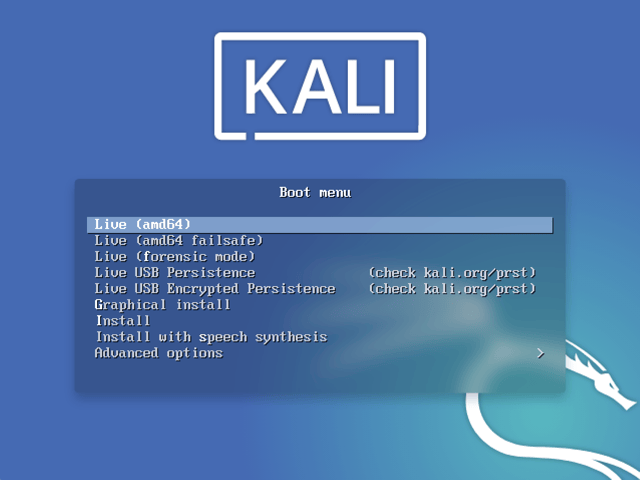

If you're a beginner, even that will require some efforts (changing boot order/ choosing USB as boot device, finding a proper software for making bootable USB, etc.). Even the easiest method, Live USB, isn't trivial.

Go for Virtual machine if you're interested in practicing Penetration Testing.
Live USB is the easiest, go for it first. There are only a few minor difference across the various releases, and their install instructions, but when you're doing it for the first time, these minor differences are important. Consult tutorials for your precise versions of software (how to install Kali Rolling alongside Window 10), not simply Kali alongside Windows. Single or multiple boot Kali, giving you complete control over the hardware access (perfect for in-built Wi-Fi and GPU), enabling the best performance. Both has their own advantages and disadvantages. Make sure not to limit yourself to just written tutorials, or just YouTube videos. the problem in the way you created your live usb no doubte you used unetbootin or any other simillar, remember for Kali-linux creat your live usb using dd. Make sure to read the official documentation. There are thousands of guides for installing Kali, and there's no 'best' guide. Consult multiple resources before doing anything. Hence, the installer also acts as the installed software. It will not touch your hard disk, and everything will run directly on your primary memory (RAM). You can take the ISO, burn it to a DVD drive, and "live boot" it. Upon installation, you can run Windows.īut with some Linux distributions, we have the ability to run the OS without installation(live boot). If you plug in a Windows installation CD/DVD/USB into your computer, it will do what the name says, install Windows on your computer. This is true for operating systems as well. Format the USB stick with FAT32 and let Universal-USB-Installer-1.9.6.3 do the rest. 
Use Universal-USB-Installer-1.9.6.3 (latest version) to create the Kali USB image. When you run that, you can't yet play the game, and you instead need to install it on your hard disk, after which it can be played. Download the ISO from the Kali website (choose the one for your system, 32- or 64-bit)a nd verify that the SHA1 sum is good with igorware-hasher or any other tool. Suppose it has a setup.exe file on the CD drive you bought. We have different free open-source tools to make bootable USB drives. After the bootable of the USB drive, we can directly use Kali Linux as Live from the USB driver whenever we require it. In general, for most software, there is 'an installer', and after the installer finishes it's job, we have the software installed and then can use it. Creating a Kali bootable USB is very easy and simple. Turns out, you don't even have to install the OS. Join us if you’re a developer, software engineer, web designer, front-end designer, UX designer, computer scientist, architect, tester, product manager, project manager or team lead.However, remember how I said install the OS on the USB flash drive. The problem solvers who create careers with code. LinkedIn YouTube Facebook Twitter Products







 0 kommentar(er)
0 kommentar(er)
